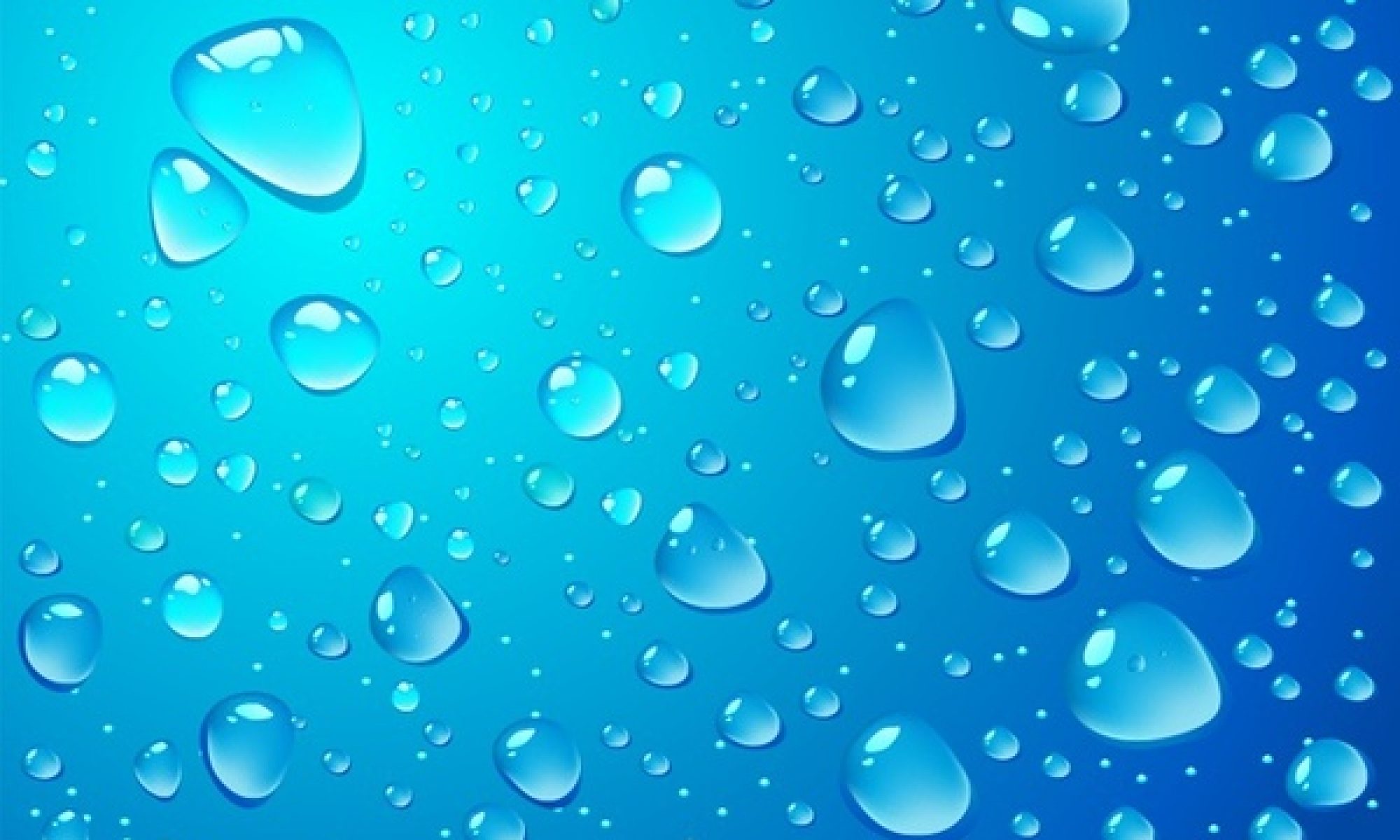As being a home owner, certain appliances will need to be maintained in order to keep your house running efficiently including your water softener. Regularly, the salt supply will need to be replenished in order to keep hard water from coming into your water system. While out shopping, you may find yourself questioning what the best choice for salt is exactly to purchase since there is a variety of choices to choose from. In todays article we will discuss the difference between the salt options and help you decide which choice is best for your softener and home.
Sodium Chloride Options
Water softeners or conditioners can be used with either sodium chloride (most commonly called salt) or potassium chloride. When at your local grocery store or home improvement store one thing to keep in mind when looking at the bags for purchase, its important to notice the purity levels. Many of the bags sold in these places will contain high level of water insoluble material. This impurity over time can cause buildup in the water reservoir or cause the water softener to not function properly. If you notice this buildup occurring, the brine tank will need to be cleaned more often to avoid this from happening in future. A closer look at sodium chloride and you will see there are 3 different forms to choose from: pellets, crystal, or block salt. Salt pellets are the most common and typically are the less costly than potassium pellets. Like many things found in the consumer world, spending a little more money upfront for higher quality products is well worth the expense since this typically will mean less maintenance and fewer cleanings needed to keep your softener functioning efficiently.
Potassium Chloride as Alternative
If sodium chloride doesn’t seem to be the right fit for your homes needs, the alternative option can be potassium chloride for your brine tank. Potassium chloride is 99.9% sodium free, so this option is great for individuals who are looking to decrease their sodium intakes. The largest disadvantage with this type is the price tag attached is much higher in comparison to sodium chloride. It can also be less readily available when searching at your local stores and your options are smaller. Switching your home form sodium to potassium may require an increase of salt dosage on the program settings value by an extra 10% to guarantee proper regeneration. If needing assistance with this, Reynolds Water Conditioning technicians can assist with this.
Salt Maintenance Tips
Checking your salt level inside your brine tank monthly is recommended. If your system regenerates more frequently, more checks and salt refills will need to be done more often as well. The salt in the brine tank should be at least 3 to 4 inches above the water level, but less than 4 inches below the top of the brine tank for best efficiency. If regular checks on the salt levels are performed you will begin to have non conditioned water through the household and will notice hard water by orange appearance, smells and taste different from before. Be sure to loosen any hardened salt around the edges of the tank or any large solid masses also known as salt bridges before adding additional salt each time.
The experts at Reynolds Water Conditioning have a solution to your homes unique water quality needs including: arsenic, bacteria, chlorine, rotten egg smell, fluoride, hard water, iron, lead, acid, tannins, radon, and more. More information on our water treatment solutions including water softeners and conditioners, water filtration and purification, reverse osmosis drinking water, and iron & odor removal can be found online at https://reynoldswater.com.
